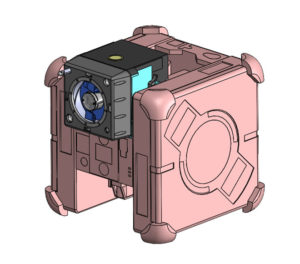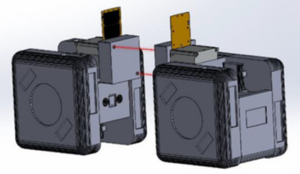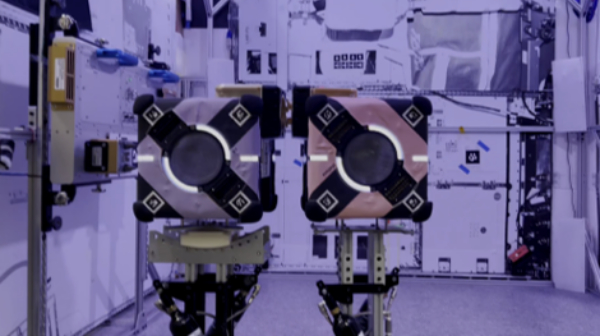CLING and CLINGERS
CLING
Created/patented by Dr Berok Khoshnevis from USC, CLING was meant to be a genderless traditional mechanical coupling system that can be put on any type of vehicle or platform to make an automatic joint connection. CLING stands for Compliant Low-profile Independent Non-protruding Genderless system. The picture on the left depicts the basic working mechanism, the picture on the right shows two undergraduate students testing an initial prototype on the SERC airbearing testbed.
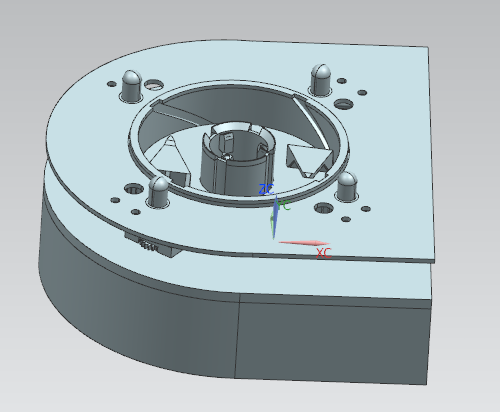
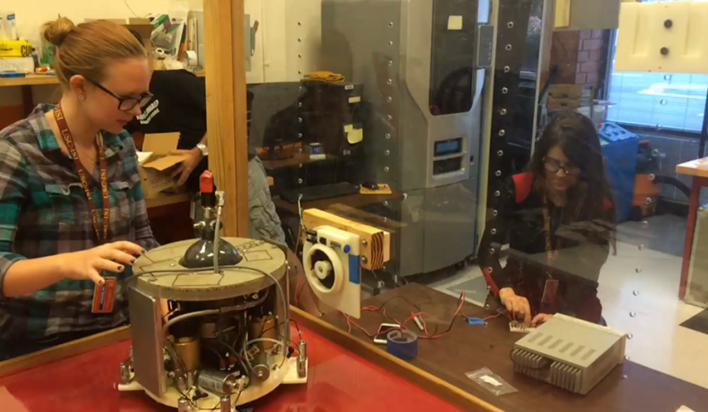
CLINGERS
In recognition of the new wave of space servicing applications and missions and companies, SERC set out to work on multiple fronts to increase safety of rendezvous operations. Traditional spacecraft that act as a "servicer" have to pursue multiple functions to affect a rendezvous, starting with sensing the range and bearing of the object that want to get close to. These sensors typically are a separate package or module. Another function is to make the physical connection or grapple. SERC initiated some research with the Aerospace Corporation to investigate merging these two disparate functions (close in sensing and contact/grapple) into the CLING device. Thus, CLINGERS was borne, where -ERS is Electronic Rendezvous Sensors.
Some early tests of prototype units with a separate range device and LED lights for pose were tested on the air bearing table to very good results in 2D.
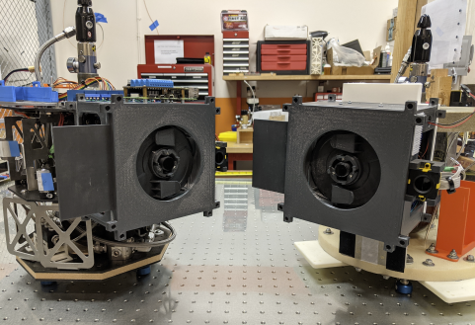
CLINGERS-ASTROBEE
CLINGERS will be tested inside the ISS in June 2023 using the Ames Research Lab's Astrobee free flight modules. Two CLINGERS will be affixed to separate Astrobee's, and perform similar docking/capture procedures performed in 2D on the ground, but this time in full 3D. The left picture shows a CAD depiction of an integrated CLINGERS module onto an Astrobee, and the right picture a depiction of the ISS engagement.
